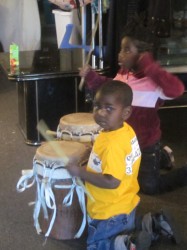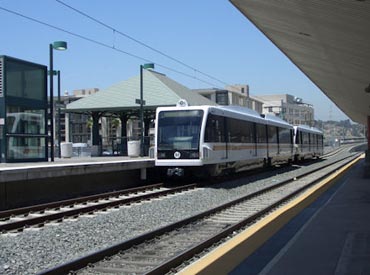By Samantha Hermann
Two-hundred dollars. That is the base rate Liberty Tax’s Watts branch said it charges to prepare a simple tax return. According to 2000 census data the median household income in South Los Angeles is $25,303. This means that most South Los Angeles residents could have their taxes prepared for free.
IRS Spokeswoman Anabel Marquez said anyone who made less than $49,000 last year qualifies for Volunteer Income Tax Assistance (VITA), a free tax preparation service offered by the IRS.
So why do people still pay to have their taxes prepared at Liberty, or H&R Block (whose base rate in Los Angeles is $99), or Jackson Hewitt (whose base rate in Los Angeles is $39)?
Kathy Jun, a volunteer tax preparer at the USC VITA center, has found that some people simply aren’t aware that VITA exists. “I’m sure there are a lot of people who qualify and just don’t know what their options are,” she said.
Some of the promotional offers from tax preparer chains may also be luring in South Los Angeles residents with lower incomes who likely qualify for VITA services.
Photo courtesy of VITA Volunteers









 A stuffed animal or toy train may seem like the perfect pastime for a child here in Los Angeles. But in the Diouf household, playtime is anything but ordinary.
A stuffed animal or toy train may seem like the perfect pastime for a child here in Los Angeles. But in the Diouf household, playtime is anything but ordinary. Obinne Onyeador remembers when the streets of Leimert Park were jumping all night.
Obinne Onyeador remembers when the streets of Leimert Park were jumping all night. By Anita Little
By Anita Little




